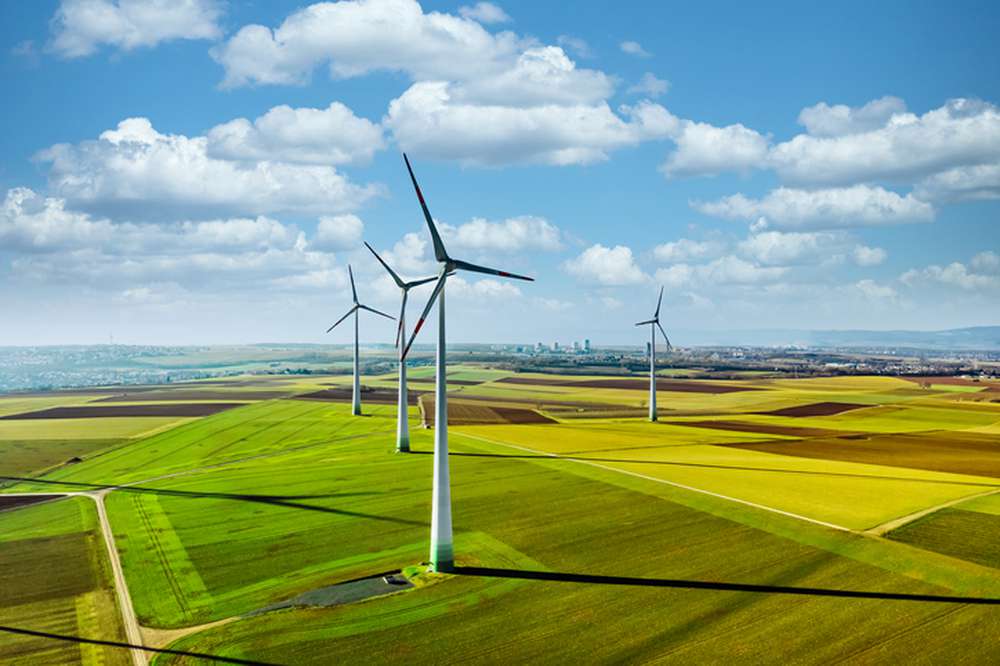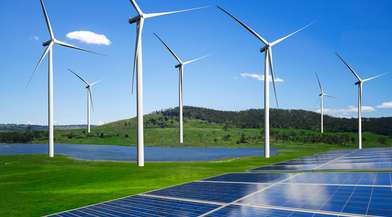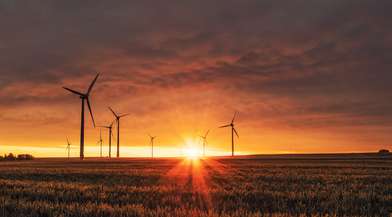Renewable Energy Asset Management: What you need to know

What is asset management for renewable energy?
Renewable energy asset management covers compliance with the technical, financial and administrative aspects of an energy facility across the entire development, construction and operational phases. This includes a wide range of activities, such as:
- Technical performance, including health and safety, rescue plans and asset downtime
- Financial performance
- Regulatory and contractual compliance
- The performance of third parties (such as partners or suppliers).
Commercial Asset Management
As part of the renewable energy company’s day-to-day bookkeeping, accounting entries are recorded and calculated with the corresponding depreciation provisions.
Tax Management
The tax obligations of renewable energy projects need to be monitored and filed to ensure regulatory compliance.
Financial reporting
This is likely to include the preparation of monthly or quarterly management reports, as well as the annual statutory accounts and external audits.
Technical Asset Management
Technical asset management is about overseeing the operational phase of renewable assets. It ensures renewable energy companies are complying with all current technical regulations. It also helps to ensure they are maximising production performance and optimising costs. It can cover both the SPV itself, the parent company and any partners or suppliers.
Technical renewable asset management includes:
Performance monitoring
This will likely include remote monitoring of the facility. KPIs will be recorded, incidents analysed, control software reviewed, and health and safety systems checked and maintained. This allows for preventive and corrective action to be taken in a timely manner when necessary.
Performance analysis
This is a key element of renewable energy asset management. In order to increase production and extend the life of the facility, asset managers will regularly check that the plant is operating optimally. They will analyse deviations between actual and expected performance, the causes of any incidents, and propose improvements.
Technical reports
Renewable energy companies will need detailed technical reports on the performance of their assets. This ensures they have a comprehensive understanding of their production data, technical and contractual availability, any malfunctions or other issues.
These reports may also include:
- Recommendations to mitigate any issues that could affect production, budgets, revenues, or anything related to health and safety or environmental and brand protection.
- Major maintenance tasks undertaken or planned
- Key actions for decision-making
- Any issues with suppliers.
Asset Management Consulting
Asset management consulting aims to optimise maintenance and lifetime profitability of assets.
For example, this might include:
Optimisation and performance analysis
Asset owners need a full understanding of the costs and benefits of any investment proposals or action plans. A comprehensive analysis of the data and performance of the assets will help ensure they have this.
Advice on Power Purchase Agreements (PPAs) and revenue optimisation
PPAs are contractual agreements between energy buyers and sellers. They can be a highly effective way of optimising renewable energy projects and can provide an alternative security to replace government subsidies. However, they can be complex to negotiate and we would strongly recommend seeking specialist advice.
Learn more about renewable energy asset management.
Find out more about AccountsIQ’s renewable energy accounting software.
Discover how AccountsIQ helps Renewable Energy Clients
-

Fincovi
Fincovi uses AccountsIQ for consolidated accounting and reporting of multiple wind and solar farm SPVsFind out more -

BayWa r.e.
BayWa r.e. is a global renewable energy developer with entities across the UK and Ireland. They needed a solution which …Find out more -

Getech
Moving four legacy systems from QuickBooks and Sage onto AccountsIQ has resulted in huge time-savings for this global company.Find out more